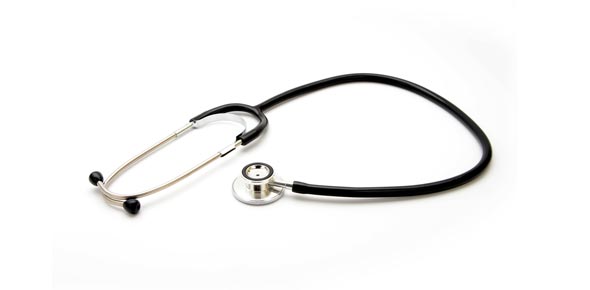Related Flashcards
Related Topics
Cards In This Set
| Front | Back |
|
Intravenous pyelogram
|
IVP, procedure where contrast medium is injected IV and serial x-ray films are taken to provide visualization and important info of the entire urinary tract: kidneys, ureters, bladder, and urethra.
|
|
KUB
|
(kidneys Ureter bladder) radiograph obtained w/out the use of a contrast medium that illustrates the size, shape, and location of the kidneys in relationship to other organs in the abdominopelvic region.
|
|
Barium Enema
|
BE, radiographic examination of the rectum and colon following administration of barium sulfate (contrast medium) into the rectum. Used for diagnosis of obstructions, tumors, or other abnormalities.
|
|
Chest X-Ray
|
CXR, radiograph of the chest taken from the anteroposterior, posteroanterior, or lateral projections.
|
|
Angiography
|
Angio, diagnostic or therapeutic radiography of the heart and blood vessels using radiopaque contrast medium.
|
|
Myelography
|
Radiography of the spinal cord after injection of a contrast medium into the spinal canal.
|
|
Ultrasonography
|
US, diagnostic procedure that used ultrasound that is high-frequency, inaudible sound waves, to image internal structures of the body. It consists of emitting a beam of ultrasound waves rather than x-rays into the body.
|
|
Computed tomography
|
CT, CAT, also called computerized tomography, computerized axial tomography. Makes use of a computer and a radiation beam to create cross-sectional and three dimensional reconstructions of body structures. X-ray beam passes through successive horizontal layers of tissues. An image of varying shades of gray is produced.
|
|
Magnetic Resonance Imaging
|
MRI, noninvasive scanning procedure, uses magnetic waves to produce multi-planar cross-sectional images. Instead of radiation, it uses a powerful magnet, radiofrequency energy, and a special computer to create images of the body.
|
|
Fluroscopy
|
Radiographic procedure that uses a fluorescnt screen instead of a photgraphic plate to produce an image of tissues and deep structures of the body. Patient is placed between x-ray and fluorescent screen.
|
|
Mammography
|
Radiographic imaging of the breast to screen for breast cancer. The actural radiograph of the breast is called a mammogram.
|
|
Nuclear Medicine
|
A medical specialty that uses radioactive substances in the diagnosis and treatment of disease. In contrast to conventional radiography where radiation passes through the body from an external source, this detects radiation produced by radioactive substances that are deliberately placed inside of the body. Used to diagnose and treat disease.
|
|
PET
|
Combines computed tomography with the use of radio pharmaceuticals. Produces cross-sectional image of the dispersement of radioactivity in a section of the body. The hot and coldspots indicated those areas where the radionuclide is being metabolized and where there is a deficiency in metabolism.
|
|
Blood, Urea, Nitrogen
|
BUN, test that measures the amount of urea normally excreted by the kidneys in the blood. An increase usually indicates decreased renal function.
|
|
Urinalysis
|
UA, a physical, chemical, and microscopic analysis of the urine.
|






